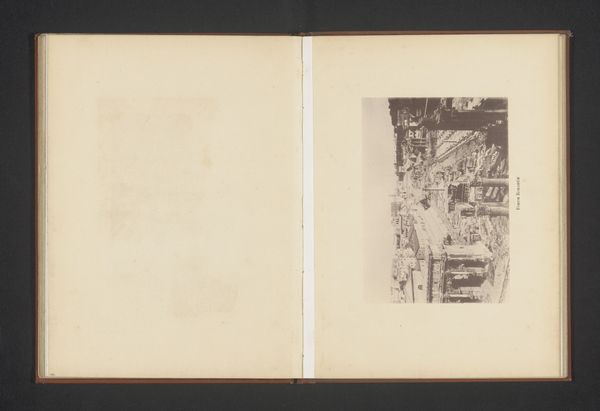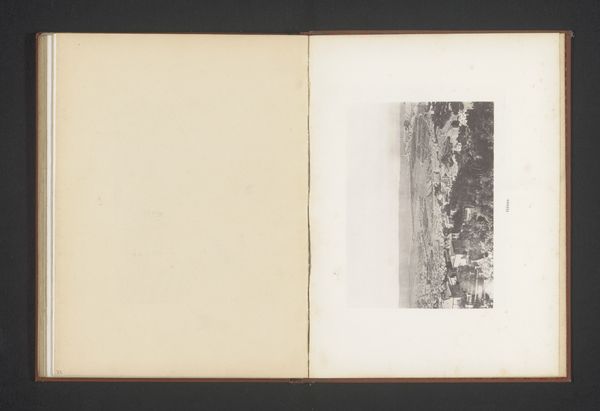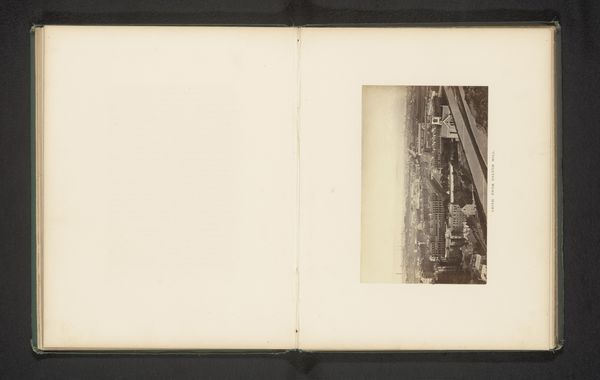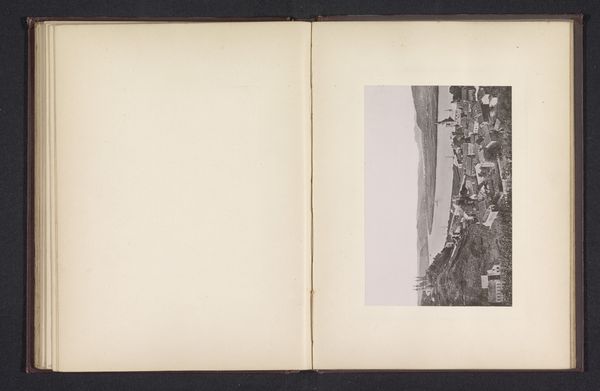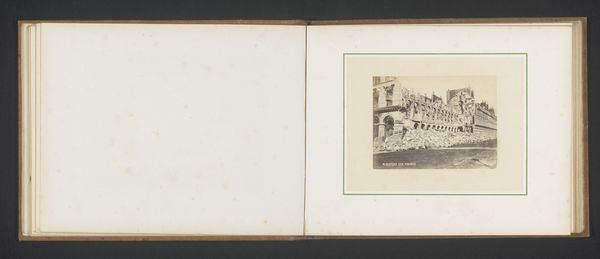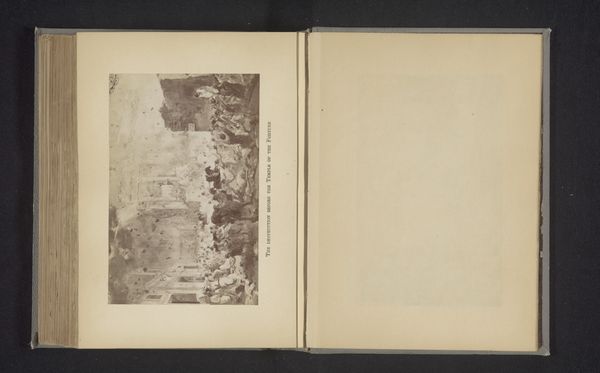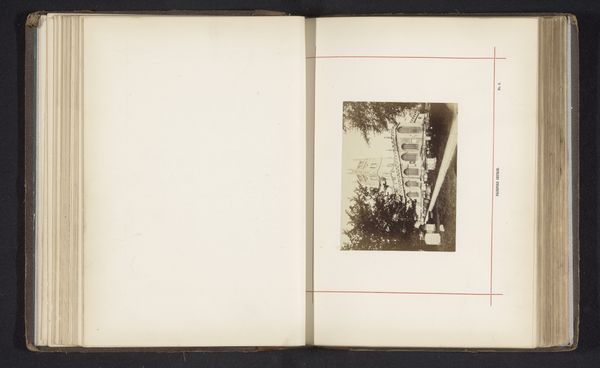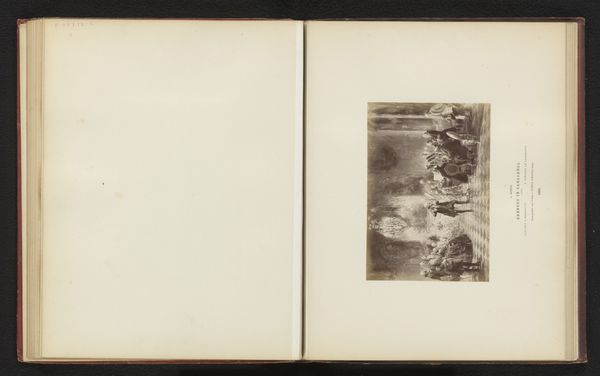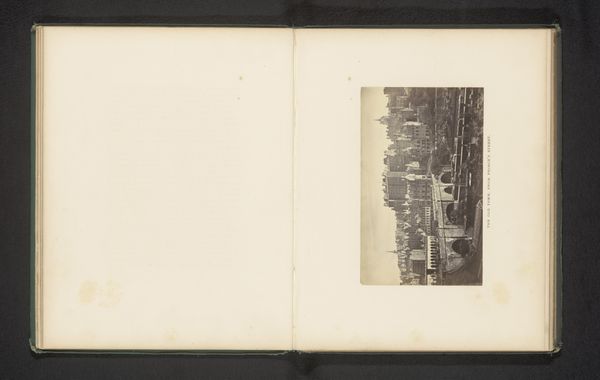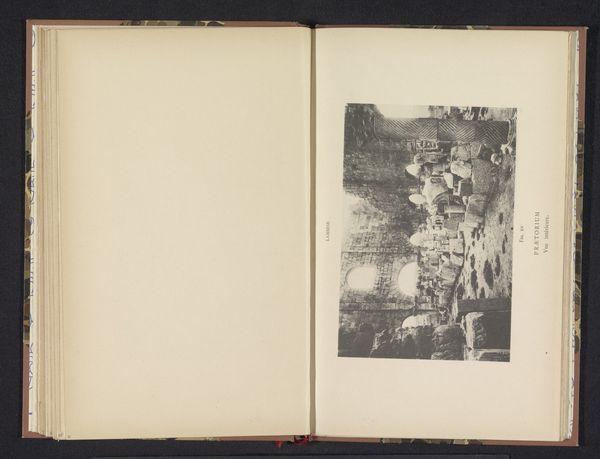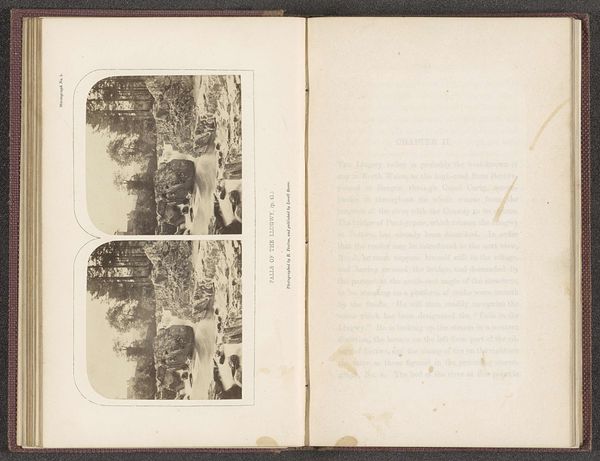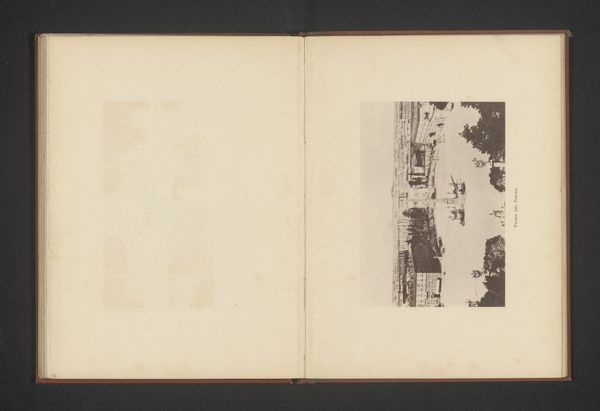
print, photography, albumen-print
# print
#
landscape
#
photography
#
cityscape
#
albumen-print
Dimensions: height 117 mm, width 166 mm
Copyright: Rijks Museum: Open Domain
Editor: Here we have an albumen print titled "Gezicht op Luzern," or "View of Lucerne," dating from before 1898. The detail is impressive. What’s your take on how photography from this era contributes to our understanding of history? Curator: Well, it shifts how we understand civic identity and urban development. Before readily available photography, most people only knew their immediate surroundings, and imagery of place was mediated through painting or printmaking, mediums with built-in biases. With the rise of commercial photography in the 19th century, cities promoted themselves through albums like this, intending to show their modernity and attractiveness for investment and tourism. This is essentially visual propaganda, but on a municipal level. Editor: So it’s not necessarily an objective record? Curator: Exactly. Consider who's commissioning and distributing the images. These albums were luxury items, catering to a specific clientele – the educated, affluent tourist. The photographers, in turn, choose vantage points and compose shots that emphasize specific narratives of progress. The absence of industry or poverty, for example, is rarely accidental. Do you notice anything in the framing here? Editor: It appears to emphasize the grand architecture and natural beauty. The lighting seems specifically chosen to enhance those elements. Curator: Precisely. By manipulating light and shadow and cropping the images, the photographer constructs a very specific picture of Luzern that's geared toward external consumption. What do you make of its impact then? Editor: It’s a manufactured reality, designed to boost Luzern's image and influence the perception of the place. This makes me reconsider the power dynamics involved in visual representation. Curator: And that is why looking at how art is presented and distributed gives great insight into socio-political perspectives of the past and the present.
Comments
No comments
Be the first to comment and join the conversation on the ultimate creative platform.
